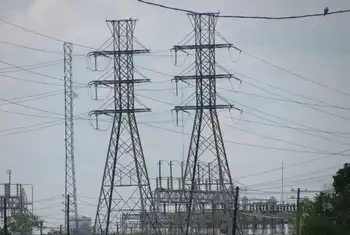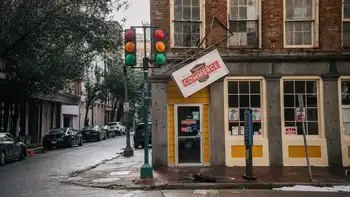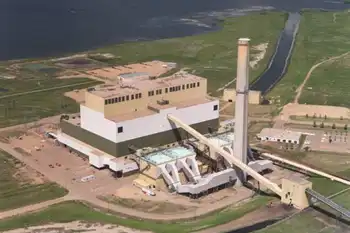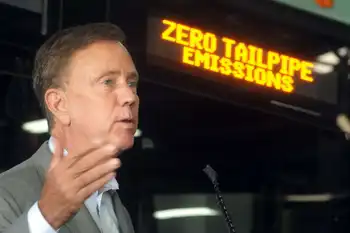Governor backs controversial power project
SAN DIEGO, CALIFORNIA - Gov. Arnold Schwarzenegger reportedly is pushing for approval of a project that would run a high-voltage power line through California's largest state park for 20 miles.
San Diego Gas & Electric's proposal would build industrial-style towers up to 160 feet tall to carry the new line through Anza-Borrego Desert State Park, east of San Diego. The line would carry renewable power from yet-to-be-built plants in the Imperial Desert.
Currently, wooden poles carry low-voltage lines through the park.
"The project's significance lies not only in its supplying additional power for a thriving and growing region but in doing so in way that truly moves California into the future," Schwarzenegger wrote to California public utility Commissioner Dian Grueneich, who is overseeing the project's application, the Times reported. The letter was written in December but came to light last month.
Lisa Page, a spokeswoman for the governor, said Schwarzenegger has not backed a specific route for the project and would rather the proposed line not go through the park "if it can be avoided."
But Schwarzenegger said in his letter to the Public Utilities Commission that he wanted "to offer my support" for the project.
Page said that when the governor wrote the letter details of a specific proposed route were not included in the filing he read, and "nowhere in his letter or in any of his statements or in any communication did he identify the northern route through Anza Borrego."
Anza-Borrego's 600,000 acres is home to a variety of wildlife and contains structures thought to be early human dwellings. The park is visited by nearly a million people per year.
A draft state and federal environment review completed in January said the project would:
• mar the scenic mountain and desert vistas on 90,000 acres in the park;
• jeopardize species such as the endangered bighorn sheep;
• fill campgrounds with loud buzzing.
The report found five preferable alternative routes for the high-voltage line.
California law requires utilities to supply 20 percent of their energy from renewable sources — such as sun and wind — by 2010. Six percent of SDG&E's power currently comes from such sources.
"The idea that we're going to sacrifice critical pieces of our environment to protect other pieces of our environment seems a little ironic," said Elizabeth Goldstein, president of the nonprofit California Parks Foundation.
The Public Utilities Commission is expected to decide on the proposed line by late summer.
Related News
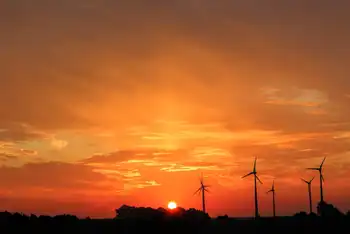
Zero-emission electricity in Canada by 2035 is practical and profitable
OTTAWA - A powerful derecho that left nearly a million people without power in Ontario and Quebec on May 21 was a reminder of the critical importance of electricity in our daily lives.
Canada’s electrical infrastructure could be more resilient to such events, while being carbon-emission free and provide low-cost electricity with a decentralized grid powered by 100 per cent renewable energy, according to a new study from the David Suzuki Foundation (DSF).
This could be accomplished by 2035 by building a lot more solar and wind, adding energy storage, while increasing the energy efficiency in buildings, and modernizing provincial energy grids.…

